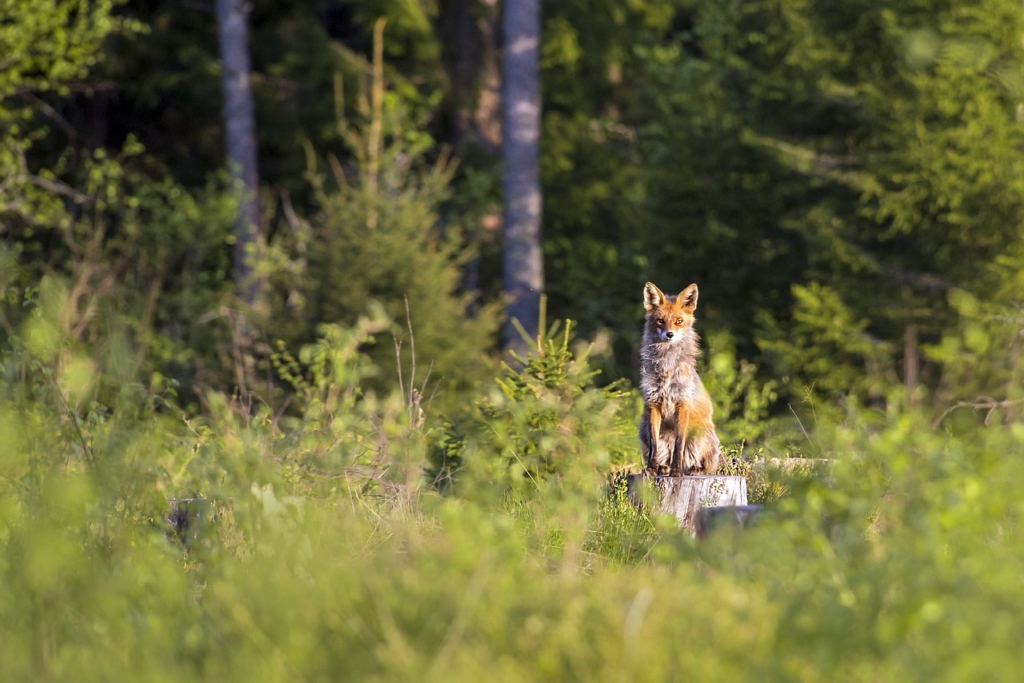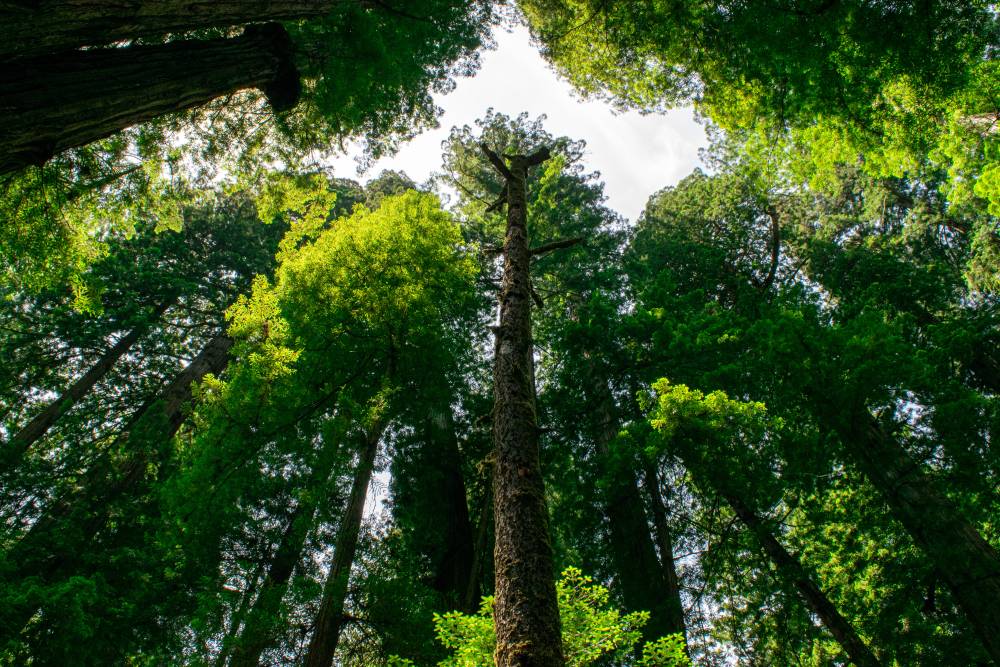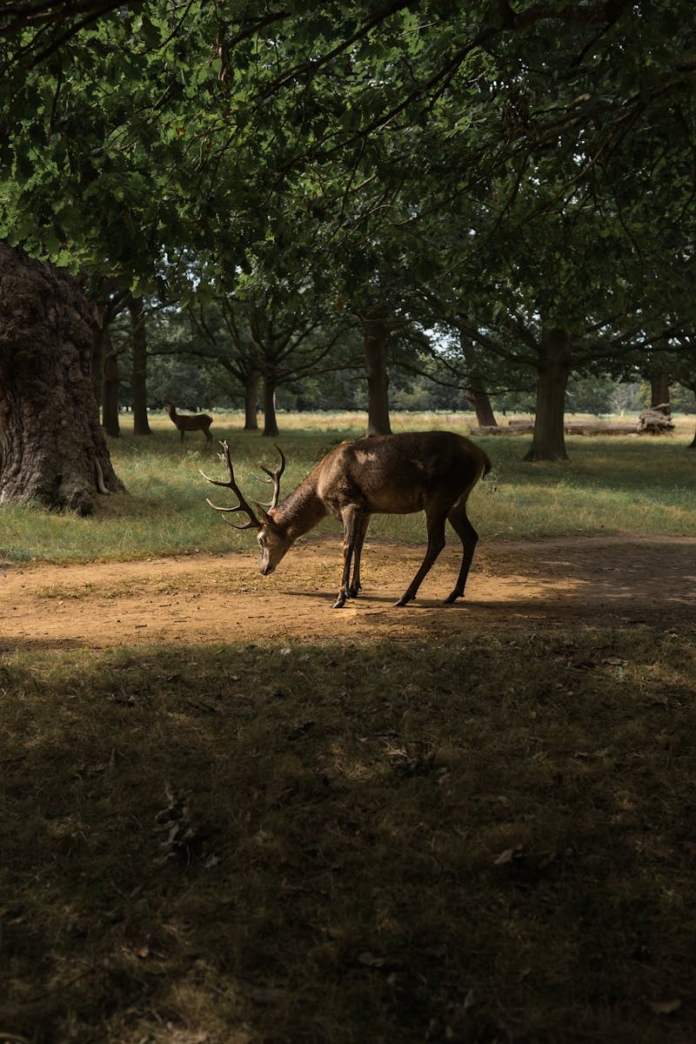The importance of conserving forests
Did you know that forests cover about 31% of Earth’s land area? These invaluable ecosystems play a vital role in maintaining the balance of our planet. From filtering our air and water to housing a diverse range of species, the importance of conserving forests cannot be overstated.
First off, forests are often referred to as the lungs of the Earth. They perform a vital service by absorbing carbon dioxide and releasing oxygen through the process of photosynthesis. This natural air purification helps counteract the effects of pollution and keeps our atmosphere balanced. Imagine walking through a lush forest, taking in a deep breath of clean, fresh air. That’s the forest working its magic!
Moreover, forests serve as giant sponges for our water systems. Trees and other vegetation slow down water runoff, reducing risks of floods and preserving the quality of our drinking water. A forest can capture and store rainfall, releasing it slowly into streams and rivers, thus preventing erosion and maintaining the health of aquatic systems. This is essential for both humans and wildlife who rely on freshwater sources.
Forests are also powerhouses of biodiversity. They provide shelter, food, and breeding grounds for countless species of animals, plants, and microorganisms. This incredible diversity not only sustains these creatures but also contributes to the stability and resilience of ecosystems. Essentially, a healthy forest means a healthy planet.
Economically, forests are indispensable. They offer resources like timber, fruits, and medicinal plants, which are critical for many industries and communities around the world. Sustainable forest management practices ensure that these resources can be used without depleting the ecosystem, fostering long-term economic growth.
- Forests produce oxygen
- They act as natural water filters
- Forests support biodiversity
- They’re crucial for economic resources
Given these essential benefits, it’s clear why conserving forests should be a priority for everyone. Joining efforts to protect and reforest our planet not only safeguards these benefits but also secures a healthier, more sustainable future for generations to come. The importance of conserving forests is not just an environmental cause; it’s a fundamental necessity for our wellbeing and survival.
How forests benefit wildlife
When you think about forests, imagine them as bustling cities for animals. The towering trees and dense canopy create a complex habitat that supports a stunning array of wildlife. For instance, forests are home to more than 80% of land-based species, including animals, plants, and insects. These creatures rely on forests for everything from shelter and food to breeding grounds and safety from predators.
“Forests are the world’s air-conditioning system – the lungs of the planet – and we are on the verge of switching it off.” – Prince Charles
Tropical rainforests, often referred to as the world’s biodiversity hotspots, host an incredible amount of life. They house approximately three-quarters of the world’s plant and animal species. This includes everything from the tiniest insects to large mammals like jaguars and elephants. The dense vegetation and varied climate create niches for countless organisms, many of which are not found anywhere else on the planet.
Forests also play a critical role in maintaining the life cycles of various species. For birds, trees provide essential nesting sites, while fruits and seeds serve as vital food sources. Amphibians and reptiles find moisture and shelter under the forest canopy and fallen leaves. The interconnected roots of trees help form a network that sustains fungi and microorganisms, contributing to the nutrient cycle of the forest floor.
Additionally, the fallen logs and decaying material in forests are teeming with life. Decomposing wood is home to fungi, insects, and small mammals, creating a micro-ecosystem that supports the larger forest environment. These decaying elements play an important role in breaking down organic matter, recycling nutrients back into the soil, and providing habitat for a whole new set of organisms.

The interconnectedness of life in forests illustrates a delicate balance. If one species — say a certain type of tree — were to disappear, it could lead to a cascade of impacts affecting many other species. This complexity and interdependence are why conserving forests is so vital. By preserving these ecosystems, we help maintain a web of life that supports countless species, including our own.
Forests are, without a doubt, a sanctuary for wildlife. Protecting them ensures that the rich biodiversity they foster continues to thrive, contributing not only to the health of our planet but also to the wonderous natural heritage we all share.
Human advantages from healthy forests
Trees and forests aren’t just beneficial for wildlife, but for people, as well. They help filter our drinking water, and the more forest cover there is in a watershed, the less water treatment may be needed. This is because trees help reduce runoff and trap pollutants. Through photosynthesis, they also help filter the air we breathe, storing carbon to produce oxygen.
As summers become warmer, trees are allies in the fight to stay cool, too. We all notice a marked difference when we get under a tree canopy on a hot day, but those differences can mean substantial air conditioning savings or help people who lack A/C. One piece of research showed that trees in urban areas decreased land surface temperatures in central Europe by as much as 12 degrees Celsius during the summer and other heat events. In fact, they could reduce the need for A/C by up to 30%.
There are even further benefits. More than 25% of our medicines come from tropical rainforests, 33 million people are estimated to work in the forest sector, and up to 5.76 billion people regularly use non-timber forest products on a personal level or use them to support themselves.
- Shade from trees can reduce energy costs
- Many medicines originate from forest plants
- Forests provide jobs for millions of people
- Non-timber forest products support local economies
| Benefit | Detail |
| Water Filtration | Trees reduce runoff and trap pollutants, improving water quality. |
| Air Conditioning | Urban trees can lower temperatures and reduce the need for A/C. |
| Medical Resources | Many modern medicines are derived from plants found in forests. |
| Employment | Forests provide jobs for millions in industries like forestry and tourism. |
Given these benefits, have you ever considered what your life would be like without the shade, clean water, and medicines provided by forests? Exploring how forests contribute to your community can be an eye-opening experience. What local efforts are there to support forest conservation, and how can you get involved? The answers might surprise you and inspire you to take action in preserving these vital ecosystems.
Forests’ role in climate regulation
As mentioned before, trees help filter our water, produce the oxygen we breathe, and pull pollutants from the air. In just American forests, about 15 years’ worth of net carbon emissions are stored. Worldwide, nearly 730 billion tons of carbon are contained within forests, which mostly occurs within the soil.

These figures could be even higher with better management of our forests. According to the 2022 State of the World’s Forests report, compiled by the Food and Agriculture Organization of the United Nations, more than 3.9 billion tons of carbon dioxide emissions could be eliminated each year between 2020 and 2050 by halting deforestation and maintaining forests, while restoring degraded land through afforestation and reforestation could take up to 1.65 billion tons of carbon dioxide equivalent out of the atmosphere each year.
Forests with a wide variety of trees can also have big benefits across the board. Research by the Smithsonian Institution shows that diversity in forested areas leads to bigger trees, richer soil, more diverse wildlife, and lower ambient temperatures.

Trees also play an essential role in managing local climates. In tropical regions, forests absorb and recycle about 50% of rainfall, releasing it back into the atmosphere through evaporation and transpiration. This process helps create rain clouds that can offer moisture and reduce the occurrence of droughts in surrounding areas. It also keeps the regional climate stable and supports agriculture.
Another incredible feature of forests is their ability to cool the planet. This is not just about providing shade but also about regulating temperatures on a larger scale. Forests release water vapor through their leaves, which cools the air as the vapor forms clouds. These clouds increase the reflectivity of the Earth’s surface, bouncing some sunlight back into space and helping to reduce global temperatures.
Forests act as buffers against natural disasters, too. Dense root systems hold the soil together, reducing the risk of landslides and erosion. During heavy rains, trees can absorb large amounts of water, which minimizes the occurrence of floods. Coastal forests like mangroves protect shorelines from storm surges and tsunamis by reducing wave energy and preventing coastal erosion.
- Forests absorb and store carbon
- They stabilize local weather patterns
- Forests cool the air and reduce global temperatures
- They prevent landslides and flooding
How you can support forest conservation today
You might wonder how you can make a difference to support forest conservation. The good news is there are many simple, actionable steps you can take to help protect these vital ecosystems.
One easy way to contribute is by reducing, reusing, and recycling products made from paper and wood. By doing so, you help decrease the demand for raw materials that come from forests. Every scrap of paper or piece of wood reused means fewer trees need to be cut down.
Another impactful action is supporting companies and products that practice sustainable forestry. Look for certifications like the Forest Stewardship Council (FSC), which ensures that products come from responsibly managed forests. Purchasing these products encourages companies to maintain and protect forest lands.
Consider participating in local conservation projects. Many communities have initiatives focused on tree planting, habitat restoration, and forest management. Volunteering your time not only aids in these efforts but also helps raise awareness in your community. Plus, it’s a great way to spend time outdoors and connect with nature!
Donations and support for organizations working to conserve forests can also be hugely beneficial. These groups often have the expertise and resources to undertake large-scale projects that individual efforts cannot achieve alone. Your contributions can help fund reforestation efforts, protect endangered species’ habitats, and support sustainable forestry practices worldwide.
Advocacy is another powerful tool. By educating yourself and others about the importance of forests, you can influence public opinion and policy. Engage in conversations about conservation, participate in local government meetings, and support policies that protect forests. Sometimes, just making your voice heard can lead to significant changes.
- Reduce, reuse, and recycle paper and wood products.
- Buy products with sustainable forestry certifications.
- Volunteer for local tree planting and conservation projects.
- Support organizations dedicated to forest conservation.
- Advocate for policies that protect forests.
Every small action counts, and when combined with efforts from others around the world, these actions add up to substantial positive impacts for forest conservation. For more ways to get involved and support forest conservation, you can learn more at this page.

